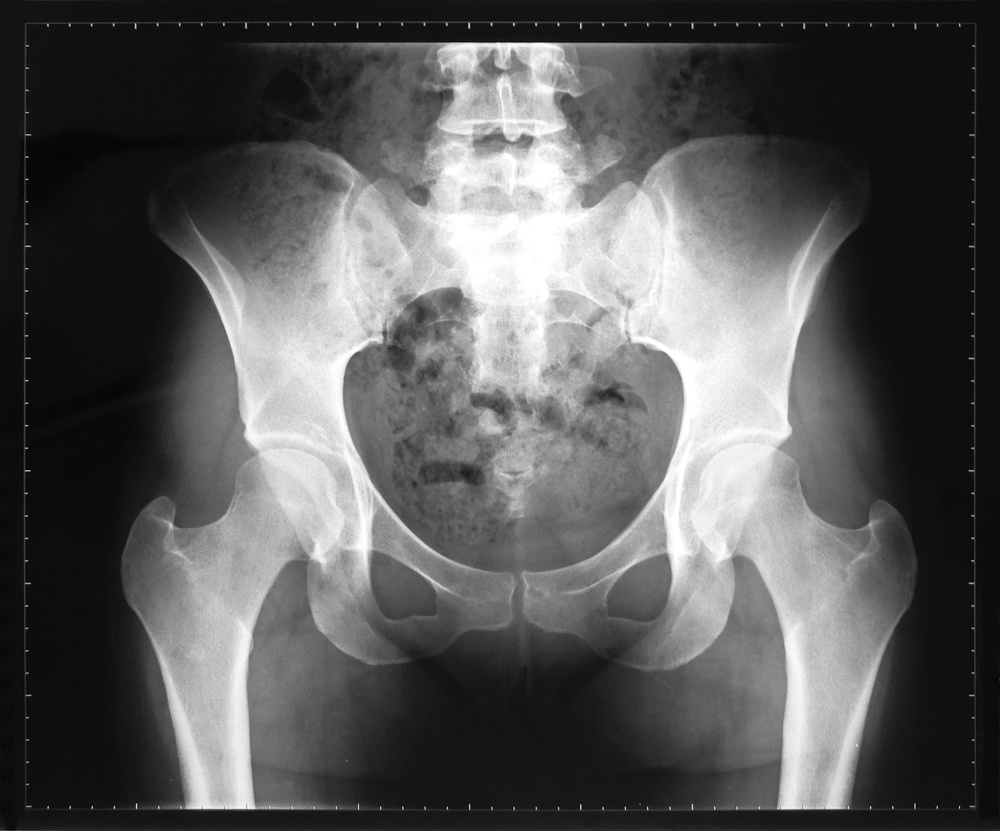

When you are trying to conceive, all aspects of your health are important, particularly your sexual and pelvic health. Today we are looking at a common issue relating to your pelvic muscles: Pelvic Floor Dysfunction, also known as PFD.
Pelvic Floor Dysfunction can be a problem for both men and women, although it is much more common in women. It is an issue which affects up to one third of all women in the United States: in fact, by some estimates, up to 50% of women will deal with some form of PFD in their lifetime. The rate of PFD increases with both age and the number of children a woman has had. The symptoms can cause serious quality of life issues for everyone who suffers from them, women in particular may have further concerns about what a PFD diagnosis might mean for their future fertility. Here’s a primer on PFD and how it relates to reproductive health.
What is Pelvic Floor Dysfunction in women?
Your pelvic floor is a collection of muscles in your lower pelvis which support your pelvic organs, including your bladder, uterus, and bowels. By contracting and relaxing these muscles, you can control the flow of urine and feces during elimination. The pelvic floor muscles also play an important role in sexual health and function: a strong, toned, and flexible pelvic floor can help make sex more pleasurable and increase orgasms. These are the muscles involved in “kegel exercises.”
{{cta(‘89361e69-2bb1-4faf-bfd6-71383dcfdc95’)}}
Sometimes, these muscles fail to work as they should. Pelvic Floor Dysfunction is an “umbrella diagnosis”, which means that it is not one specific well-defined disease. Instead, it refers to a collection of conditions and symptoms relating to the muscles of the pelvic floor, which may have a wide range of different causes. There are many different types of Pelvic Floor Dysfunction, and you may have more than one at the same time. PFD can be used to describe pelvic floor muscles which are either too weak to properly support the internal organs, as well as pelvic floor muscles which are too tight and contracted, causing issues with urination, defecation, and sexual function.
The symptoms of PFD in women can include:
- Continual or intermittent pelvic pain
- Vaginismus (painful/burning spasming of vaginal muscles when something is inserted into the vagina)
- Pain during intercourse
- Difficulty reaching orgasm
- Unexplained lower back pain
- Retained urine (being unable to fully empty the bladder when urinating)
- Recurrent Urinary Tract Infections (UTI)
- Urinary incontinence
- Constipation or a feeling that you cannot complete a bowel movement
- Pelvic organ or bowel prolapse
Not all women diagnosed with PFD will suffer from all of the symptoms. PFD can be caused by many things, including:
- Long-term constipation and straining
- Sitting for long periods of time
- Poor posture
- Obesity
- Trauma to the pelvic region from an accident
- Complicated childbirth
Many times, no specific cause is identified. Most patients will begin the diagnostic process with their GP or gynecologist, and then sometimes move on to a colorectal or genitourinary specialist, depending on their type of PFD. Pelvic Floor Dysfunction is usually diagnosed through a physical exam, although there are some other tests which can be used to confirm issues with the pelvic floor or suggest treatments.
- Anal manometry: A small tube with a little balloon attached, about the side of the thermometer, is inserted into the anus. The balloon is slightly inflated, and measures the strength of the anal sphincter muscles as the patient squeezes, bears down, and relaxes.
- Vaginal manometry: This test is conducted the same way, but using a perineometer inserted into the vagina.
- Cystoscopy: A tiny tube with a light and camera on the end is used to look inside the bladder and urethra to check for problems with the urinary tract.
- Dynamic defecography: This test uses a thick radiopaque enema and an X-ray to evaluate the movement of the pelvic floor and rectum while the patient simulates having a bowel movement.
- Endoanal ultrasound: Using a slender ultrasound wand inserted into the rectum, this test allows specialists to see the shape of sphincter muscles and lower anal canal.
- Urodynamics: This is a series of tests which look at the function of the bladder and urethra to see how it is functioning and discover the cause of urinary incontinence.
Does Pelvic Floor Dysfunction affect fertility?
The short answer is no. PFD does not seem to be a cause of infertility. However, because PFD is associated with difficulties in sexual function, it could indirectly make it more difficult to conceive naturally, by making intercourse unpleasant or even painful.
PFD can also be associated with other conditions which do commonly impact fertility, such as Polycystic Ovarian Syndrome (PCOS) or endometriosis, although the links are generally not yet well understood. A recent study showed that women diagnosed with PCOS had a higher rate of pelvic organ prolapse than controls. In some cases, a Pelvic Floor Dysfunction is a symptom of the condition, rather than a cause of it. For example, the chronic pain of endometriosis may cause the pelvic floor muscles to contract and spasm, leading to PFD, but it is the endometriosis itself which is causing infertility, not the PFD.
What treatments are available for Pelvic Floor Dysfunction?
Happily, most types of PFD are treatable, and most treatments are minimally invasive and highly effective.
- Physical therapy and biofeedback: With the help of a physiotherapist and special sensors, this painless treatment can guide you through strengthening and coordination exercises. The biofeedback provides you visualization as you contract and relax your pelvic floor muscles. Physical therapy with biofeedback offers improvement in up to 75% of PFD patients who undergo this treatment.
- Medication: A low dose of muscle relaxant can help with some types of PFD.
- Breathing exercises: Deep, diaphragmatic breathing (breathing from deep in your abdomen) makes the pelvic floor muscles rise and fall with the breath. This is a gentle and effective way of strengthening and toning the pelvic floor when done consciously several times a day.
- Yoga and relaxation exercises: The double-dose of strengthening and relaxation provided by yoga can be beneficial for all types of PFD.
- Surgery: In severe cases, where prolapse is an issue and there are problems with bladder and bowel control, sometimes surgery is required to treat the physiological cause of the PFD.
Can fertility treatments help PFD? Can women with PFD undergo IVF?
Because there is no official link between PFD and infertility, there is no one fertility treatment that is recommended. If untreated severe PFD has made intercourse impossible, then IVF may be an option. However, many of the same symptoms which make intercourse difficult can complicate pelvic exams and other processes required by fertility treatment. This may mean that for women with PFD who know they will need fertility treatment for other conditions, it might be necessary to address the PFD before beginning IVF. This is something to discuss with your doctor in an initial consultation. A sensitive fertility expert should be able to work with you and refer you to resources and experts who can help you improve or resolve your PFD so that you can proceed with your plans to start a family.
{{cta(‘8c9f7424-3e5a-436d-bf7d-e431640a6b1e’,’justifycenter’)}}



